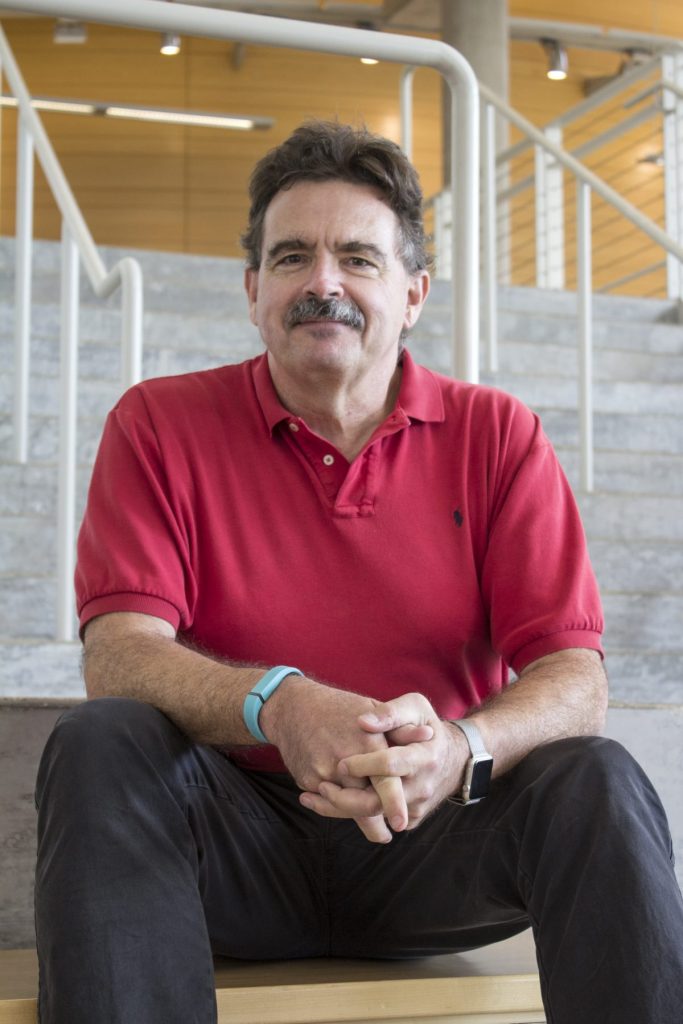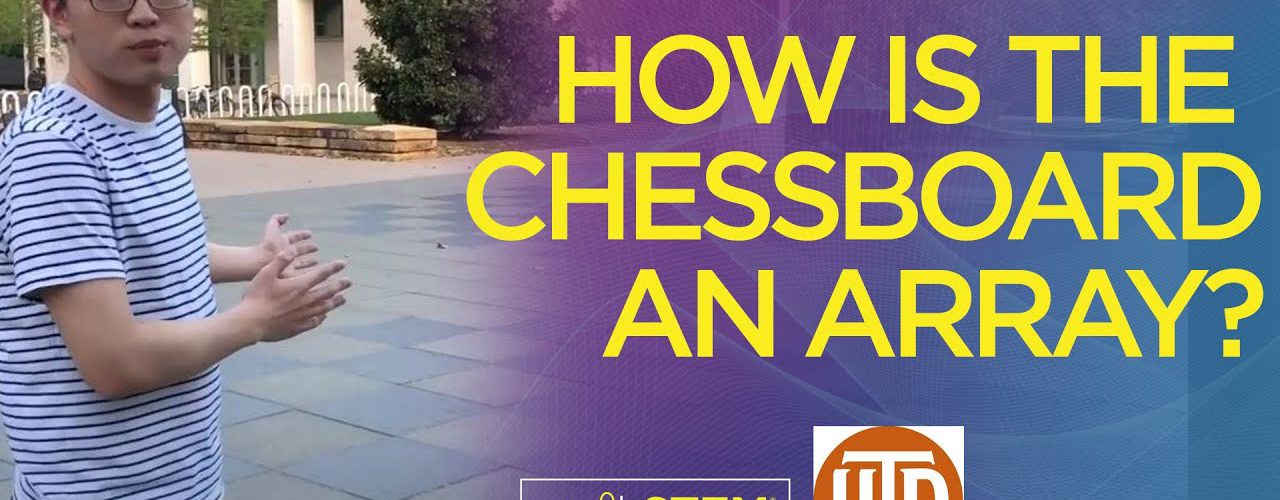On National Engineers Week, this question may be crossing some minds.


The answer is a resounding yes. Computer and Information Science grew out of mathematics. Charles Babbage and Ada Loveless worked in the first half of the 19th century to lay the foundations of would later be called computer science. In the mid 1930s, Alan Turing described a formal representation of what computability means. Babbage, Loveless, and Turing were all mathematicians. The idea of departments or schools of computer science had to wait until the 1950s and 1960s where the field blossomed on college campuses.
Let’s begin with mathematics. This is an ancient subject and has been the seed from which other departments have sprung. The most abstract of these “mathematical sciences” are statistics and computer science. Less abstract math sciences are physic, chemistry, geology, and biology. They are less abstract since they are fields with a specific real-world connection: physics defines how nature behaves; chemistry defines how substances change and evolve—a partial outgrowth of alchemy in earlier centuries.


In summary, the study of computer programming, sometimes referred now as “coding”, is based around and predicated on discrete mathematics – a form of math that incorporates discrete entities rather than the continuous ones captured in calculus.
Graduate students created the videos in the walkSTEM@UT Dallas playlist on the talkSTEM YouTube channel in my Modeling & Simulation course in Fall 2019. The videos are meant to illustrate ways in which data, code, and other computer science concepts can be interpreted by observing buildings on the UTD campus. Students selected iconic objects and buildings located on the University of Texas at Dallas (UTD) campus, and extracted “computational artifacts” (including code) for UTD visitors. This effort piggy backs on “mathematics is everywhere,” which is captured in numerous walkSTEM tours around the Dallas area.
About Dr. Paul Fishwick


Dr. Paul Fishwick serves as the Distinguished University Chair of Arts, Technology, and Emerging Communication (ATEC), Professor of Computer Science and Director of Creative Automata Laboratory at The University of Texas at Dallas.
He brings substantial industry experience in modeling and simulation to ATEC. His primary research involves modeling and simulation, with a focus on education and public engagement in modeling, forging new bridges between the arts, science, and engineering. While in graduate school in Philadelphia, Fishwick created the company Cheshire Cat Software. Since 1995 as CEO of Metaphorz, LLC, he has served as the lead Software Engineer working with the State of Florida Board of Administration (Florida Commission on Hurricane Loss Projection Methodology).
Four other states (North and South Carolina, Louisiana, and Hawaii) employ the computing standards Fishwick has helped to create for model auditing and compliance. Most recently, the SBA created standards for flood to add to the current wind standards. Fishwick holds a Ph.D in Computer and Information Science from the University of Pennsylvania.
Home: utdallas.edu/atec/fishwick
Media: medium.com/@metaphorz
Modeling: digest.sigsim.org
Twitter: @PaulFishwick








Add comment